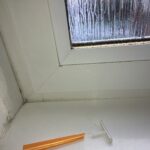WORKING WITH THE FOUND OBJECT
primary research
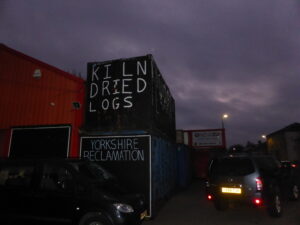
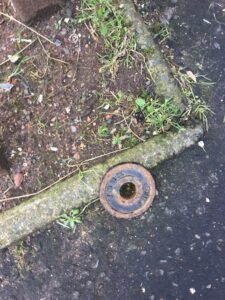
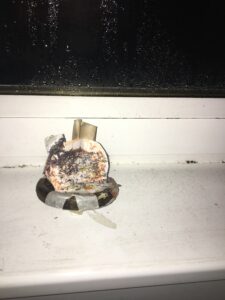
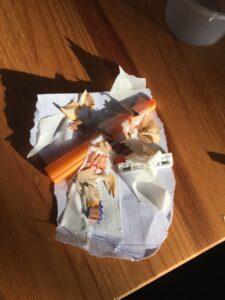

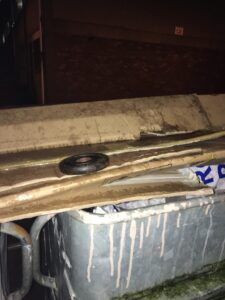
secondary research- sourced works:
series of tutorials, with very abstract processes, and obscure outcomes.
- Marcel Duchamp ‘fountain’ 1917 – the way he recontextualises found objects is particularily relevant
final outcomes – processes supercut + the two sculptures
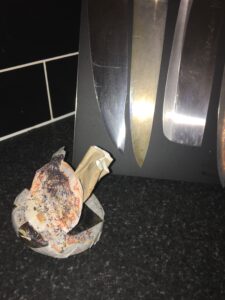
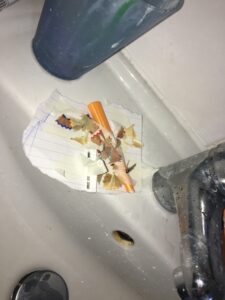
Reflective statement part 1 Working with the found object
This work is a documentation of a series of processes. I have been exploring the materiality of two different objects, and how their materiality interacts with their original and oppositional contexts, which includes their physical location and additionally their utility or hierarchical ranking as an object – useful, or discarded.
One of the things I enjoy about art is considering what gives it value. It is undeniable that the aesthetic qualities of art play a part in its value, even in cases where the art aims to deliberately subvert and challenge traditional ideals of aesthetics.
The work aims to make comment on the value of art as that relates to its intended meaning. The outcome of my processes has resulted in an entirely unchanged metal disk and a broken shaving razor, which were both found objects. They have endured cyclical processes that are not evident in the final objects – these processes, and intended meaning, are invisible. The physical processes are evidenced only with the video, and the intended meaning is only evident in the framework of thinking I am communicating through text. The juxtaposition of the wordless film with this unnecessarily word heavy justification also aims to further highlight the absurdity of the context in which art exists.
MAKING AND BREAKING NARRATIVE
primary research:
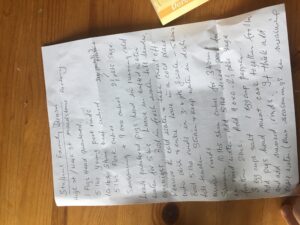

secondary research – sourced works:
- Dorothy hartleys food in england – information on archaic recipes
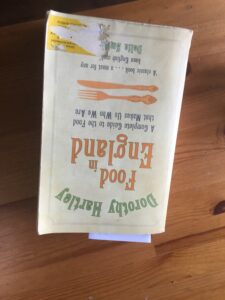
- student meal vlogs – jarring contextual juxtaposition
- maisie cousins – visceral/grotesque imagery
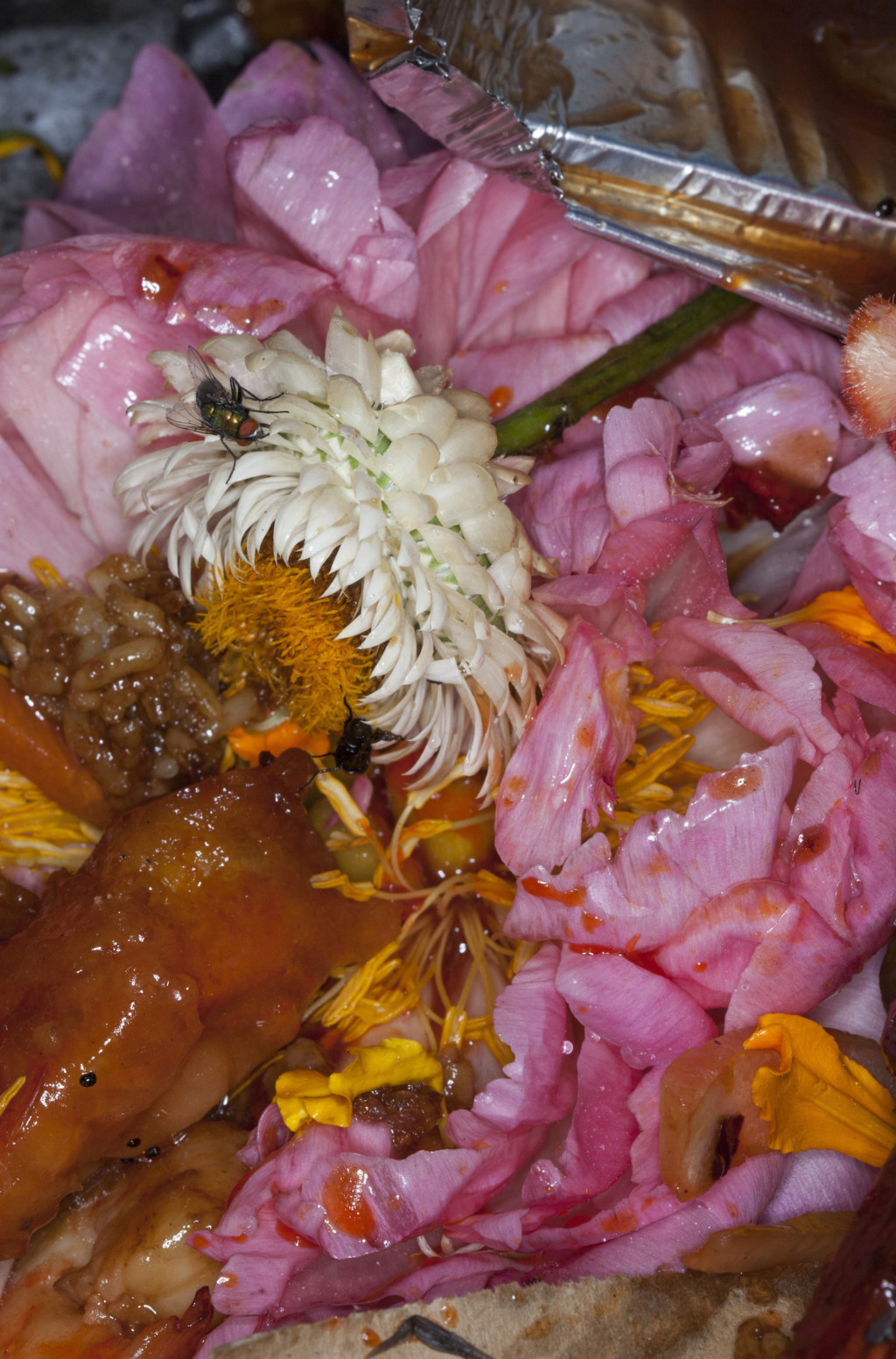
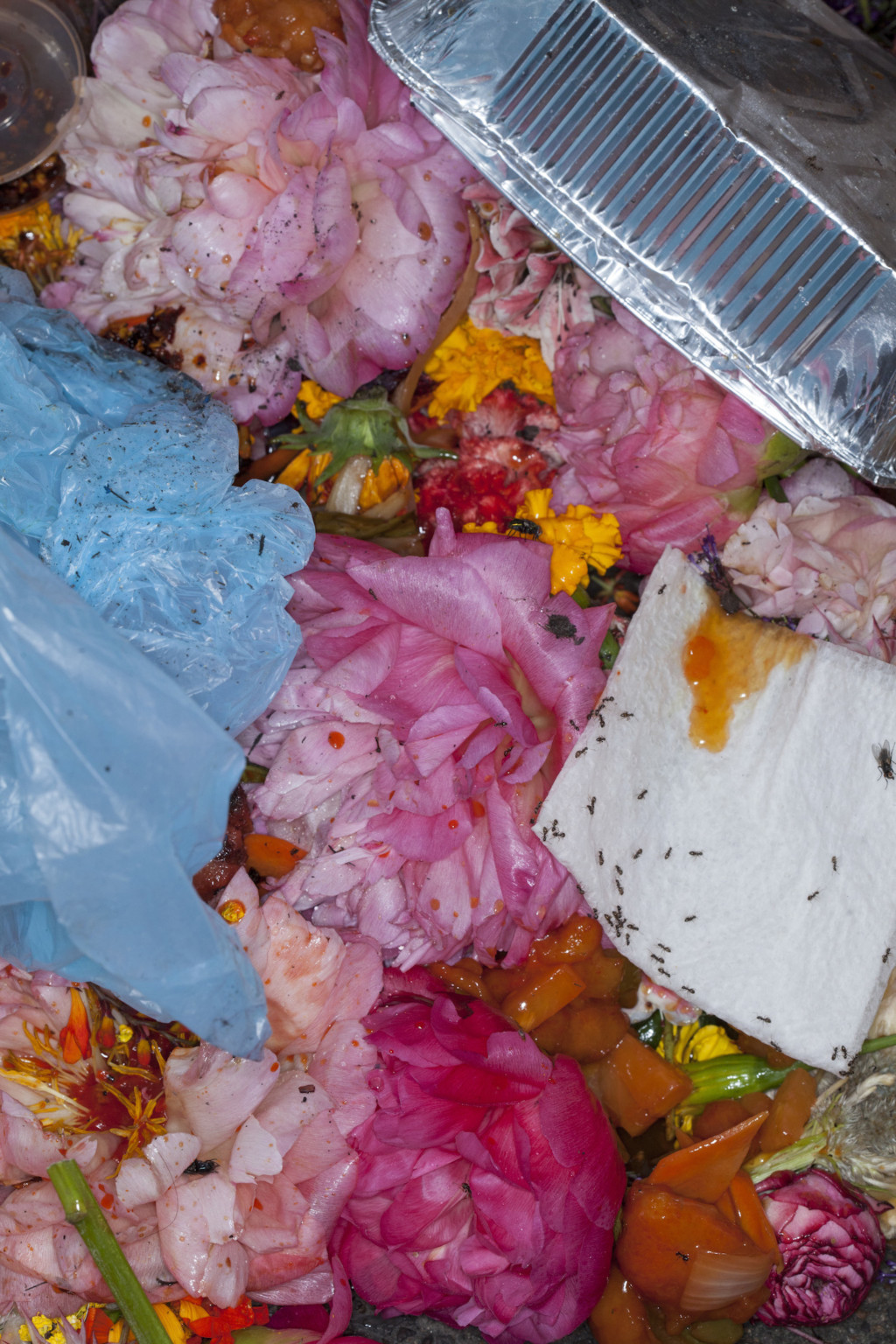
final outcomes – these two films
Reflective statement part 2 Making and breaking narrative
I began my research in an area of interest: archaic/traditional British food. I have been reading Dorothy Hartley’s ‘Food in England’, and have been enjoying discovering elements of English culture that have been gradually expropriated and erased, to be replaced with more profitable and marketable forms of sustenance as we have moved through industrialisation to more advanced stages of capitalism.
I have used the format of contemporary student food vlogs as a stylistic symbol of this change, juxtaposing it to the archaic nature of the content (brawn) with the contemporary context. The unsettling visceral imagery is in part inspired by the work of Maisie Cousins, and aims to highlight the frictions between culture and capitalism.
The second video is to be watched in succession with the cheap and easy student meal. The same butchery proccesses are applied, but on a product which obviously doesn’t require them. This contrast with the first video aims to highlight how detatched we have become from the processes of food production. The pig head in the first video – a visceral and identifiable part of an animal, is supplanted with a homogenised unidentifiable sliced meat product, in sterile plastic packaging. It is mechanically processed to the point of being completely abstracted from its origin.
MAPPING THE SOUNDSCAPE
Primary research: initial sound recordings
secondary research- sourced works:
- gundam building videos – the altered rythm of the audio clips
- Schafer’s research from the lecture
final outcomes: edited weightlifting sound
Reflective statement part 3 mapping the soundscape
I have been enjoying jarring, abrasive sounds, and contrasting sounds, and muddying, obscuring sounds. I have found it interesting how Schafer’s research places value judgements on different sounds. Phrases like “noise pollution” particularly in reference to urban landscapes demonise sounds you would find in more populated areas.
I have been exploring pure sound, and the mental environments it creates, and how editing it changes the mental environments. The rhythm, contrast, pacing, pitch, volume all work to create pictures in the brain, and when you are not given visual stimulus, what images do you create purely from sound . Additionally, how does this affect our value judgements of these sounds.
By way of a more resolved piece of work, following the line of thought about invasive and undesirable sounds, I filmed some training of the University weightlifting team, and then exported it as a sound file and cut it to the peaks on the waveform, and adulterated it slightly on audacity. This gives a supercut of all the clattering and banging and scraping sounds that are jarring to the ear, and a natural byproduct of activity. I have aimed to subvert these associations by introducing subtle elements of rhythm.



